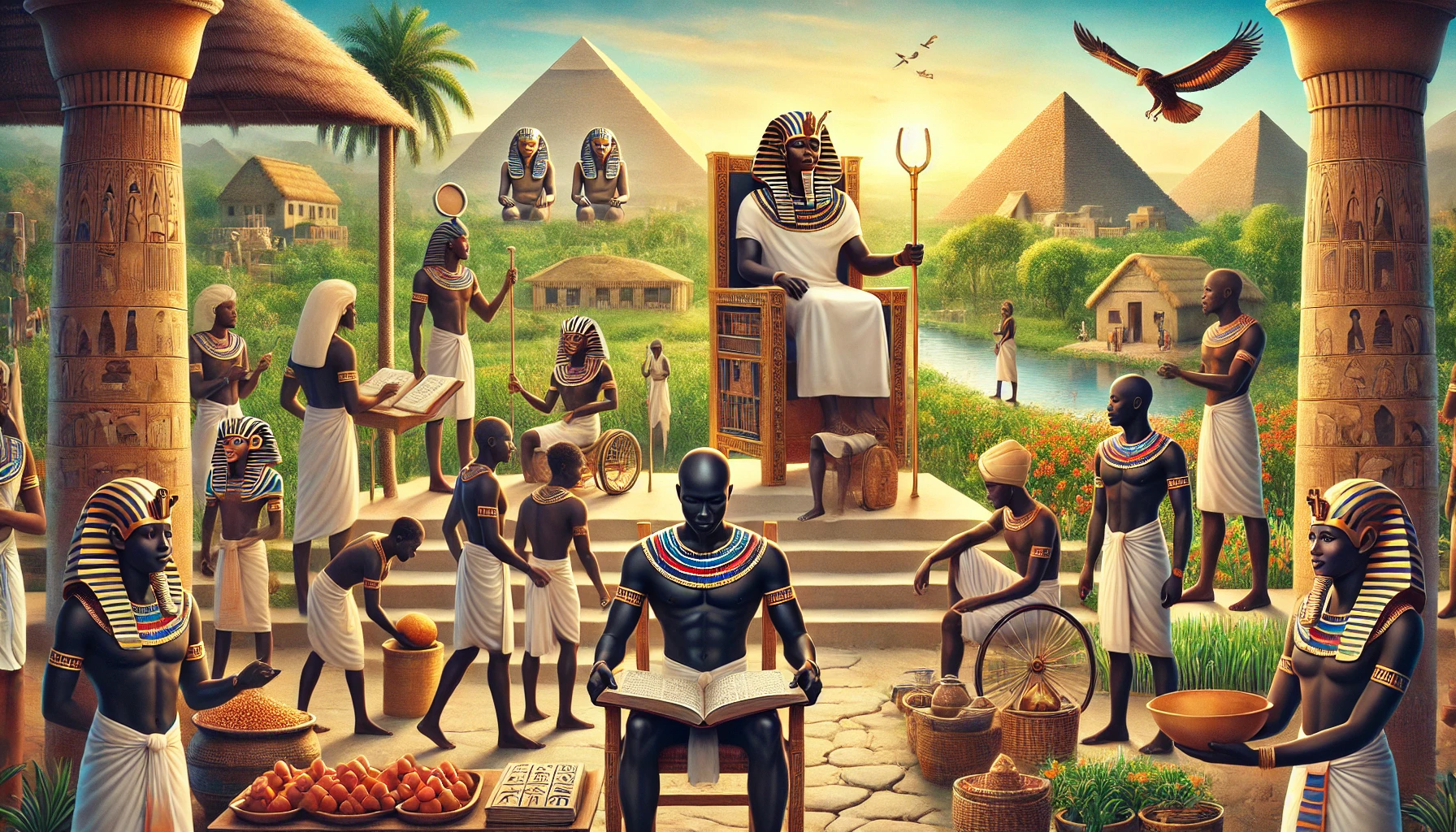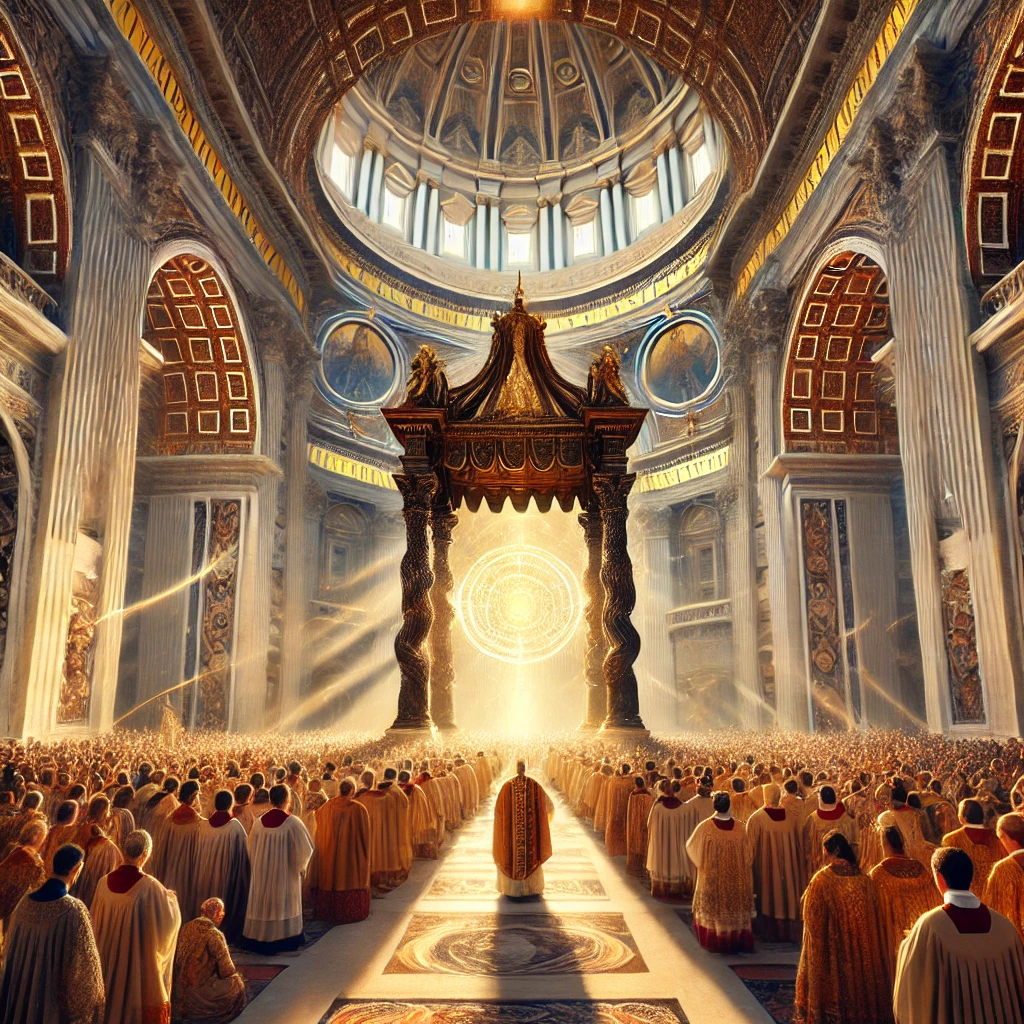
How Did Ancient Kemet Influence the World?
Ancient Kemet, or Egypt, was not just a civilization of grand monuments and mysterious hieroglyphs; it was a cultural, intellectual, and spiritual powerhouse whose influence reached far beyond its borders. From science and architecture to religion and governance, the legacy of Kemet shaped the foundations of numerous societies and continues to resonate in the modern world.
1. Advances in Science and Mathematics
Ancient Kemet’s contributions to science and mathematics set the stage for many modern disciplines.
Geometry and Engineering:
- The construction of the pyramids demonstrated advanced understanding of geometry and engineering.
- Their mathematical principles were later adopted and refined by Greek scholars like Pythagoras and Euclid.
Astronomy and Timekeeping:
- Kemetic priests were expert astronomers who developed a 365-day solar calendar. This became the foundation of the modern calendar system.
Medicine:
- Kemetic texts such as the Ebers Papyrus documented surgical techniques, herbal remedies, and anatomical observations. These practices influenced Greek and Roman medicine.
2. Architectural and Artistic Legacy
The monumental architecture and art of Kemet continue to inspire awe and serve as a blueprint for aesthetic and structural innovation.
Monumental Structures:
- The Pyramids of Giza and the temples at Karnak and Luxor influenced architectural styles and engineering techniques across the ancient Mediterranean world.
- Obelisks, originally Kemetic, became symbols of power and were later replicated in cities like Rome, Paris, and Washington, D.C.
Symbolism in Art:
- Kemetic art’s focus on symmetry, proportion, and symbolic meaning influenced Renaissance artists and continues to inspire modern design.
3. Religious and Philosophical Influence
Kemetic spirituality and philosophy introduced concepts that shaped subsequent religious and cultural paradigms.
The Concept of the Soul:
- The Kemetic belief in the Ba (soul) and Ka (spiritual essence) informed ideas about the afterlife, influencing Greek and early Christian thought.
Ma’at and Justice:
- The principle of Ma’at, representing truth, balance, and cosmic order, influenced ethical systems and governance in neighboring civilizations.
Polytheistic Traditions:
- Kemetic deities such as Isis, Osiris, and Horus were incorporated into Greek and Roman religious practices, blending into their pantheons.
4. Governance and Political Systems
The centralized governance of Kemet became a model for empires and states across the ancient world.
Pharaonic Rule:
- The concept of divine kingship in Kemet inspired monarchies in Nubia, Mesopotamia, and even medieval Europe.
Administrative Organization:
- Kemet’s efficient bureaucratic system, including taxation and resource management, influenced administrative practices in the Roman Empire.
5. Trade and Cultural Exchange
Kemet’s strategic location along the Nile River and at the crossroads of Africa, the Middle East, and the Mediterranean made it a hub of trade and cultural exchange.
Exports of Innovation:
- Papyrus, a Kemetic invention, revolutionized record-keeping and writing in the ancient world.
- Their advancements in metallurgy and textiles were disseminated through trade networks.
Cultural Exchange:
- Kemet’s interactions with Nubia, Greece, Mesopotamia, and the Levant facilitated the exchange of ideas, art, and technologies.
6. Influence on Education and Scholarship
Kemetic centers of learning, such as the temples of Karnak and Heliopolis, were precursors to institutions like the Library of Alexandria.
Greek Scholars in Kemet:
- Prominent philosophers, including Plato and Pythagoras, studied in Kemet, integrating Kemetic wisdom into Western thought.
Preservation of Knowledge:
- Kemetic contributions to philosophy, mathematics, and medicine were preserved by Arab scholars during the Middle Ages and reintroduced to Europe during the Renaissance.
Conclusion
Ancient Kemet’s influence extends far beyond its monumental achievements. Its intellectual, cultural, and spiritual legacies are woven into the fabric of human history. As the cradle of some of the world’s most profound advancements, Kemet continues to inspire and shape our understanding of civilization.
For more insights into the wisdom and legacy of ancient Kemet, visit the Kemetic App and explore courses that bring this timeless knowledge to life.
Comments (0)
Categories
Recent posts


Planetary Alignment on January 25, 2025: ...
30/11/2024
Tartaria and the Mudflood
22/12/2024
The Vatican’s Jubilee Year - Rituals, ...
20/12/2024



